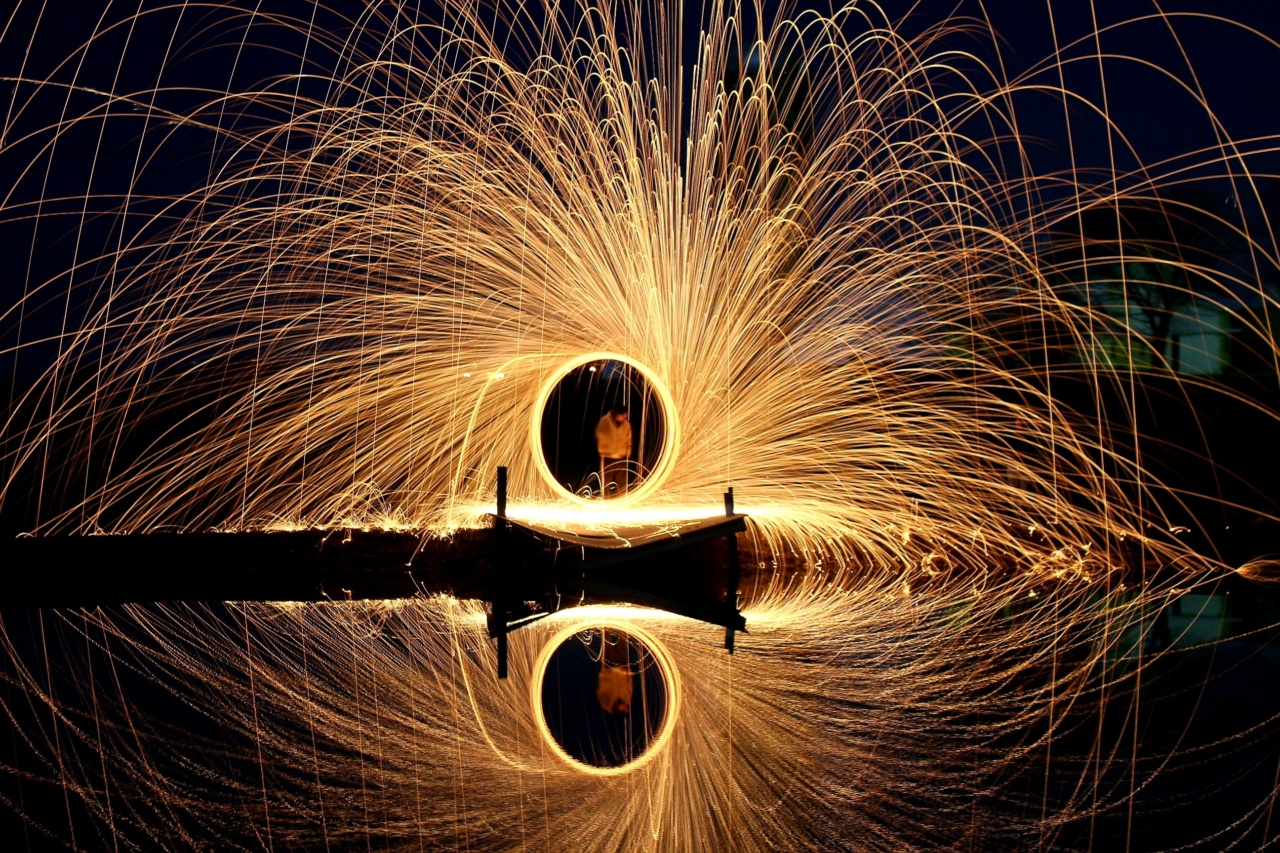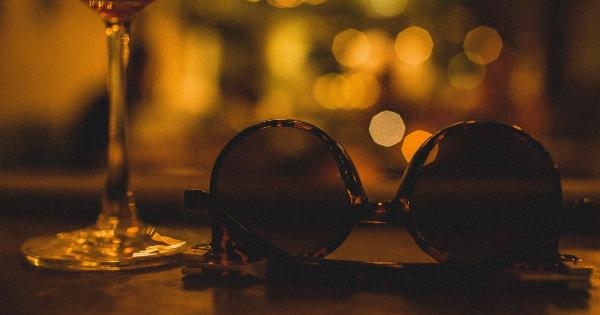In today’s modern world, artificial light has become an integral part of our daily lives.
From the moment we wake up until we go to bed at night, we are constantly surrounded by artificial light sources such as light bulbs, smartphones, laptops, and televisions. However, many of us are unaware of the impact that artificial light exposure can have on our sleep.
In this article, we will explore the effects of artificial light on our sleep patterns and provide some tips on how to mitigate its negative consequences.
The Science Behind Sleep and Light
To understand how artificial light affects our sleep, it is important to grasp the basics of the science behind sleep and light.
Our body’s sleep-wake cycle is regulated by a hormone called melatonin, which is produced by the pineal gland in the brain. Melatonin levels start to rise in the evening as darkness falls, signaling to our body that it is time to sleep. Exposure to light, especially blue light, suppresses melatonin production, making us more alert and awake.
The Impact of Blue Light
Blue light, which is emitted by most electronic devices and energy-efficient light bulbs, has been found to be particularly disruptive to our sleep patterns.
The blue light spectrum closely resembles the natural light of the morning sun, signaling our body to wake up, even if it is late at night. Exposure to blue light in the evening can delay the onset of sleep, making it harder to fall asleep and potentially leading to insomnia.
The Role of Screens
Screens, such as those on smartphones, tablets, and computers, are major sources of blue light exposure in our modern lives. Many of us spend hours each day staring at screens, both during the day and late into the night.
The constant exposure to blue light from screens can disrupt our circadian rhythm and negatively impact our sleep quality. Studies have shown that individuals who use electronic devices before bedtime often experience more fragmented and less restorative sleep.
Exposure to Artificial Light and Sleep Disorders
Prolonged exposure to artificial light, especially at night, has been linked to the development of various sleep disorders.
One such disorder is Delayed Sleep-Wake Phase Disorder (DSWPD), where an individual’s internal sleep-wake schedule is delayed compared to the typical 24-hour day. This means that individuals with DSWPD have difficulty falling asleep at a desired bedtime and struggle to wake up in the morning. Artificial light exposure, particularly in the evening, can perpetuate and worsen this disorder.
Another sleep disorder associated with artificial light exposure is Shift Work Sleep Disorder (SWSD). People who work night shifts or irregular shifts often experience difficulties in sleeping during the day due to exposure to artificial light.
SWSD not only affects the quantity but also the quality of sleep, leading to excessive sleepiness, fatigue, and reduced cognitive function.
Minimizing the Negative Effects
While it may seem impossible to completely avoid artificial light in today’s modern world, there are ways in which we can minimize its negative effects on our sleep. Here are some tips to consider:.
1. Use Warm Light
Opt for warm-colored light bulbs with a lower color temperature in the evening. These emit less blue light and create a more calming and sleep-friendly environment.
Consider using dimmer switches or low-wattage bulbs to create a softer and more relaxing ambiance.
2. Limit Screen Time
Reduce your exposure to screens, especially in the hours leading up to bedtime. Consider implementing a digital curfew to give your brain time to wind down before sleep. Engage in relaxing activities such as reading a book or taking a warm bath instead.
3. Use Blue Light Filters
Install blue light filtering applications or software on your electronic devices. These filters reduce the amount of blue light emitted by the screen, making it easier on the eyes and less disruptive to your sleep.
4. Create a Sleep-Friendly Environment
Make your bedroom a sanctuary for sleep. Keep the room dark, quiet, and cool. Consider using blackout curtains or an eye mask to block out any external sources of light.
Use white noise machines or earplugs to minimize noise disturbances that could disrupt your sleep.
5. Establish a Bedtime Routine
Establish a regular sleep schedule and stick to it, even on weekends. Create a relaxing bedtime routine that allows your body and mind to unwind before sleep.
This could include activities such as meditation, gentle stretching, or drinking a cup of herbal tea.
Conclusion
The impact of artificial light on our sleep should not be underestimated. The prevalence of electronic devices and constant exposure to blue light has disrupted our natural sleep-wake cycle, leading to a range of sleep problems and disorders.
By implementing strategies to minimize artificial light exposure in the evening and creating a sleep-friendly environment, we can improve the quality of our sleep and overall well-being.































